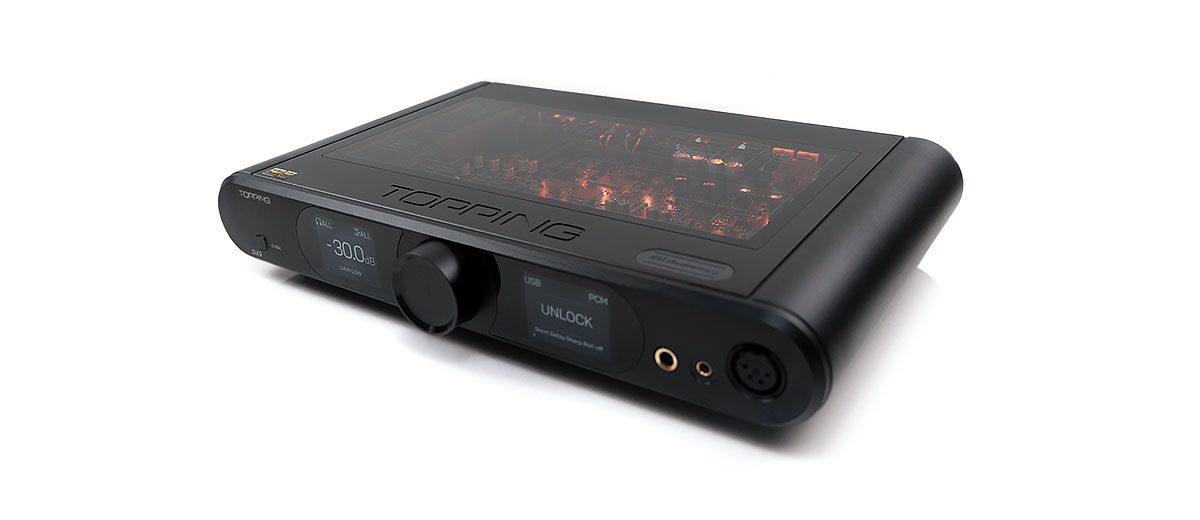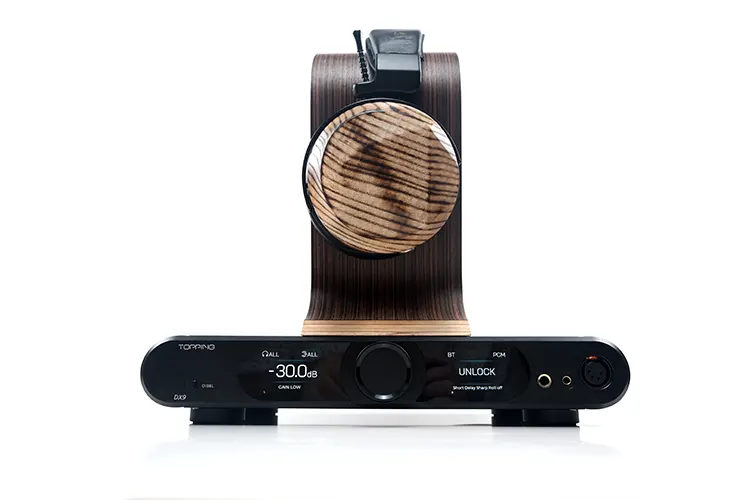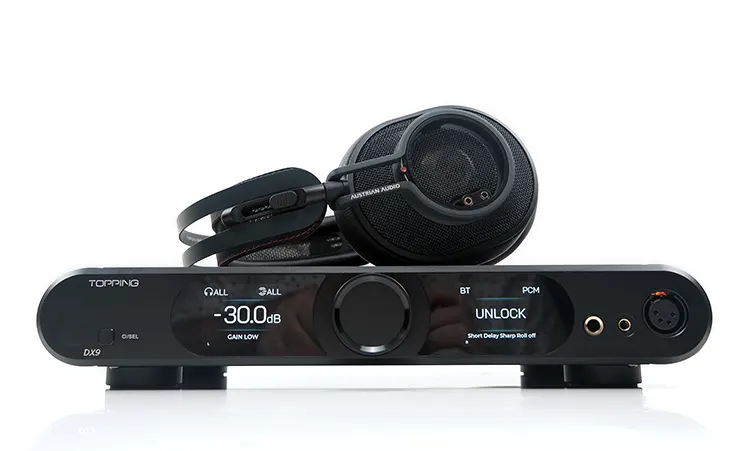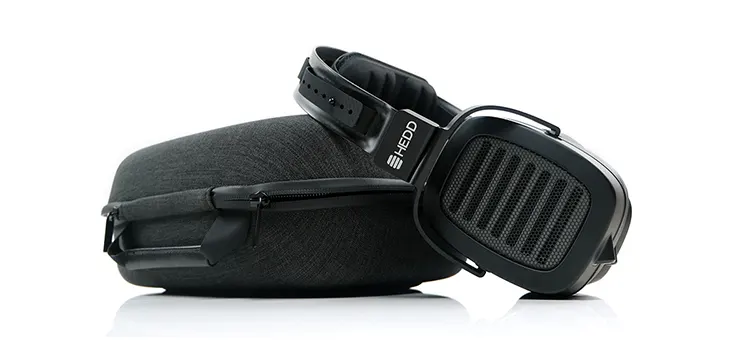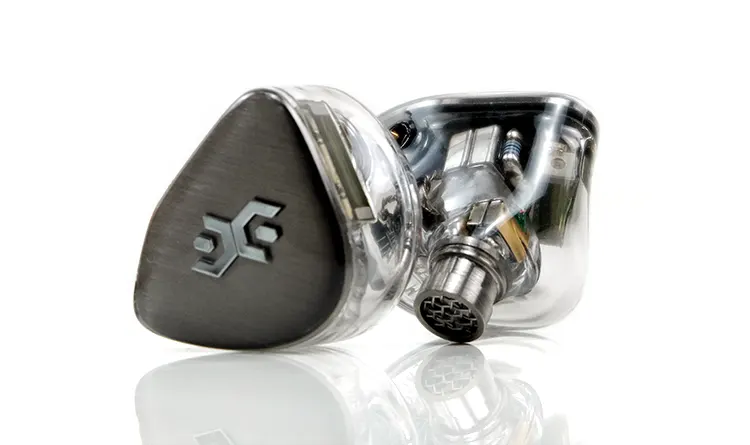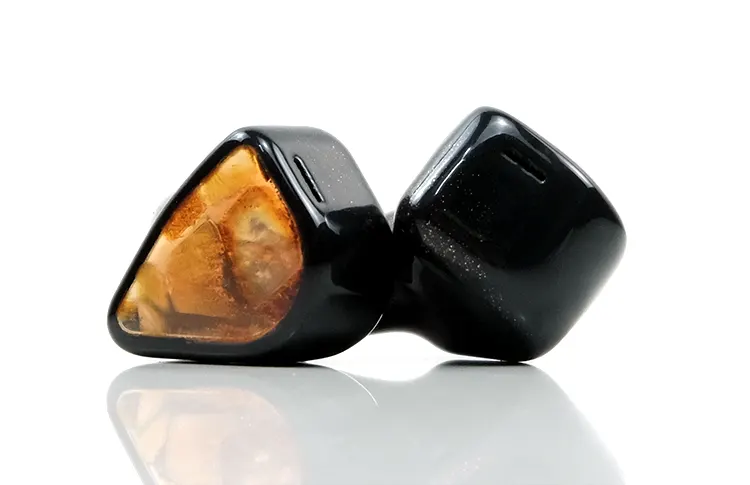Sound Impressions
The following sound impressions of the Topping DX9 were created using a mix of the Austrian Audio The Composer, the ZMF Headphones Caldera Closed, and the PMG Audio Apx. The DX9 was connected via I²S to the Cayin N8ii, and via USB to a MacBook M1.
Summary
Unless you are a hard-core basshead or a dyed-in-the-wool R-2R fan, there is little to fault with the DX9’s performance.
Tonally, it treads a fine line between neutral and natural, offering brilliant dynamic range, and a holographic staging quality that far outclasses some of its closest competitors at this price point for channel separation.
Its forte is articulation and clarity with a tight and energetic mid-bass punch preventing it from sliding toward an ethereal ‘twinkle-toes’ type of sound.
Yes, it is delta-sigma, there is a certain polished sound and rhythmic precision to paired headphones’ note timbre and pace.
It lacks the rich and broad note texture of warmer R-2R amplifiers such as the HIFIMAN Serenade nor offers the same sub-bass body as sub-$2k integrated units such as the Ferrum ERCO.
The DX9 plows a different path with less emotion or euphonic bias, preferring instead to overwhelm the auditory senses with quality and quantity of detail, especially in its rapier-like imaging.
Arguably a ‘technical beast’, and so much so that I nicknamed the DX9 the poor man’s dCS Lina which might have a few high rollers raising their eyebrow but it’s aiming for the same energetic, clean, and resolving territory with a high degree of success.
Power at both ends of the scale is not an issue with the DX9. It can deftly handle more sensitive IEMs with the PMG Audio Apx sounding incredibly dynamic and resolving in all corners of its complex soundstage.
It can also easily drive the HIFIMAN Susvara balance on high gain. However, I found my tonal preference biasing more to the Austrian Audio’s Composer and its slightly stronger mid-bass punch which seemed to resonate better with the DX9.
Coloration
Overall, the DX9 is very neutral to my ear but not that analytical at the same time. There is a tremendous sense of energy from the performance backed by a very dynamic and responsive mid-bass punch to most recordings that keeps it well away from being called sterile.
It produces note body with decent substance and contrast but is not as rich and voluptuous as competing amps such as the Serenade or offers the same low-end weight as the ERCO.
Bloom on the upper bass and lower mids is non-existent which I find perfect for digging out some needed space for mid-range focused headphones such as the HEDDphone TWO.
The decay on notes is more to the shorter side, with not too many lingering trails but I think that helps the DX9 in terms of its excellent clarity and layering, especially on the lows.
If you plan on going USB you might find a slightly rawer treble overtone on pointed or aggressive higher pitching vocal performances or brighter recordings. Go with I²S if you can.
This was my preferred connection with the DX9 for its smoother treatment of sibilance and slightly softer leading edges on percussion notes. It makes for a more pleasurable listening experience.
Staging & Dynamics
The DX9 is an absolute monster for staging and dynamic range. Not so much in terms of sheer depth and weight below 50Hz in most of my paired headphone performances but rather more in width, height, and articulation.
The channel separation in balanced mode is excellent, particularly with some of the IEMs I threw at it such as the PMG Audio Apx which is known for a holographic staging quality.
However, it isn’t just about macro staging but the clarity of the micro-detail and the accuracy of the imaging was also excellent. There is a certain dynamism about the DX9 imaging meaning nuanced or subtle spatial cues both high and wide rang through loud and clear.
The control on the mid-bass punch was outstanding with both IEM and headphones. Other amps can give you more weight and warmth but very few priced close can match the precision and pace of the DX9 lows.
However, if there is one critique though it’s probably just that, sub-bass weight. Despite the mid-bass presence doing its best to disguise that more neutral rumble I would love to hear a bit more presence at the lowest octave with my tested headphones.
Synergy
I²S & USB
I prefer to use I²S where possible for source-to-DAC connectivity despite countless iterations that are technically non-standard in company-provided configurations. That means compatibility can be tough and via trial and error.
A good example of an I²S fail for me is Gustard with their X16 and X18 I²S inputs not playing ball at all with the mini-HDMI pin configurations of Cayin’s product line such as the iDAP-6, N7, N8ii, and the Mini-CD MKII.
Thankfully, the I²S port of the DX9 is 100% compatible with all the Cayin devices straight out of the box in standard phase mode, (advanced menu setting), with no messing around with the menu configurations. It has been tested with 3 different HDMI cables, (v1.3 to v2.0), one of which is 17 years old, (V1.3).
One additional benefit of I²S is that I can take my source out of the electrical grid and go battery with a Cayin DAP to supply the original digital signal. Noise and jitter are system-dependent but a dedicated battery-powered DAP should perform better than a mains-supplied 5V USB-A port from a standard laptop.
Is there a qualitative difference between the DX9’s USB and I²S performance using the same digital tracks? Yes, there is and it is fairly substantive, at least to my ears.
The most noticeable difference is the treble performance with the USB presentation sounding harder-edged and less refined compared to the smoother-sounding I²S version.
Whistle notes from high-pitched vocalists sounded squeezed and sharper in their delivery whereas the I²S had more of a ‘liquid’ overtone meaning naturally occurring sibilance avoided sounding overemphasized.
Headphone Pairings
I tested three different types of headphones with the DX9 including the dynamic driver Austrian Audio Composer, the planar Caldera Closed from ZMF Headphones, and the AMT driver HEDD Audio HEDDphone Two.
I also threw in the HIFIMAN Susvara for good measure considering the DX9 can deliver around 4-5W at the 60Ω rate impedance for these headphones.
HIFIMAN Susvara
First and foremost, the DX9 can drive the Susvara quite well from its balanced output using high gain with a comfortable listening level of around 19 dB below its maximum ceiling.
You will find the additional steps of dB required to give the volume a noticeable lift beyond -19 dB is roughly in bunches of 3-4 dB roughly speaking. After all, the Susvara is still a fairly inefficient headphone.
On a technical level, the DX9’s eye for resolution, excellent dynamic range, and generally spacious staging quality marries well with the fast driver and arena-like acoustics of the Susvara. The transient response is like lightning at times with a crystal clear, articulate delivery.
Some might miss a bit of warmth and body on the lows. Powerful amplifiers such as the Feliks Audio Envy will sound narrower and not quite as holographic as the DX9 but it will deliver a denser and more powerful sound to the Susvara.
You can call this a bit of trade-off. With the I²S connection, I never felt the tonal balance with the DX9 was too bright and analytical sounding but it will sound somewhat ethereal in its presentation.
Austrian Audio The Composer
The Austrian Audio Composer requires far less power and tonally it’s a shade denser sounding and a bit punchier compared to the Susvara pairing.
The DX9 delivers some excellent dynamics though to be fair, the Composer is not the bassist of headphones. Still, the punch is tight, rhythmic, and pointedly, not too bright on the highs.
Overall, this is a clean and resolving performance with just a hint of bass bloom but otherwise, it is an excellent pairing for neutral heads.
HEDD Audio HEDDphone Two
This was an incredible pairing for speed and clarity, second only to the Susvara/DX9 pairing. The only problem I had with it was the lack of depth.
That issue is more due to how the HEDDphone Two is tuned with a fairly flat set of lows giving it more of a mid-centric focus. Most neutral amplifiers such as the DX9 right up to the dCS Lina will unlikely transform the HEDDphone Two into a bass machine.
However, what warm amplifiers do poorly and what the DX9 does brilliantly is introduce excellent clarity and space through the mids.
That AMT driver thrives off the DX9’s articulate and highly dynamic mids and highs, with some excellent separation to produce a very clear and resolving performance. It blew away the competing HIFIMAN Serenade in that regard.
ZMF Headphones Caldera Closed
The planar driver of the 60Ω and 94-96 dB/mW Caldera Closed wasn’t hugely difficult to drive and there is no shortage of dynamic range. You get a strong focus on beautiful clarity and detail, a very punchy pacy mid-bass response, and brilliant left-right imaging.
However, the flatter neutral response of the DX9 means the sub-bass power I consider essential for this headphone to sound great is not the absolute best.
Again, similar to the Susvara pairing, if you want fleshier lows then the likes of the Bartok Apex, Envy, or the HIFIMAN Prelude will provide that.
Noise Floor
This is with a specific focus on IEMs rather than headphones. Plenty of pros but a few minor cons here and there.
The first pro is the excellent black background at normal listening levels, even with sensitive IEMs such as the Campfire Audio Fathom and the Vision Ears Phonix.
You also get a wide range of dB control over the volume levels with a volume curve that is not too aggressive. I got around 45 dB with the Fathom and roughly 50 dB with the Phonix before the levels got too loud.
The con is a low gain level that is not quite absolute zero on the lowest dB setting so you will hear some audio playback with easy-to-drive IEMs.
It does not apply to every IEM though. For example, the Elysian Acoustic Labs Annihilator 2023 was perfectly silent on low gain and near enough the same on high gain. I suspect more demanding EST driver IEMs will do better with the DX9 if you want absolute silence at -99 dB.
You will also pick up on a small anomaly from the hybrid volume system with -99 dB ever so slightly higher in volume than -98 dB. This is where the first switch to the digital volume control starts.
However, I didn’t notice any further anomalies occurring from the 2nd relay onwards so the gain in volume levels is relatively smooth and linear with IEMs.
IEM Pairings
As for recommended pairings, I tested four IEMs with the I²S connecting including the Campfire Audio Fathom, the Elysian Acoustic Labs Annihilator 2023, the VE Phonix, and PMG Audio’s Apx.
The additional power and tight control on the lows added a new dimension to the hybrid IEMs, particularly the Annihilator 2023 which can sometimes sound a bit woolly with the wrong pairing.
Here it sounded cleaner but also punchier and more ‘dynamic’ in its delivery with that excellent black background only adding to a strong perception of control and clarity.
The PMG Audio Apx went up a few steps more. I would call it one of the best pairings I have ever listened to thus far with this TOTL earphone. The DX9’s wide and holographic staging quality is a match made in heaven for the Apx’s already excellent spatial performance and well-defined low-end layering.
You also get a strong sense of clarity and improved staging width with the all-BA VE Phonix pairing. I liked this pairing also considering it’s a warmish-tuned TOTL IEM meshed with a clean neutral and punchy amplifier. The two tonal profiles balanced each other perfectly.
This pairing also doesn’t suffer from excessive bass bloom nor is there any impedance skew from that low impedance 4.4mm balanced output.
I got a similar response from the Fathom, more so on the staging dimensions and how delightful the imaging whizzed in and out around vocal performances. It is not as wide as the Apx but its fast-moving smoothly-tuned BA drivers respond enthusiastically to the DX9’s precise and energetic sound signature.

